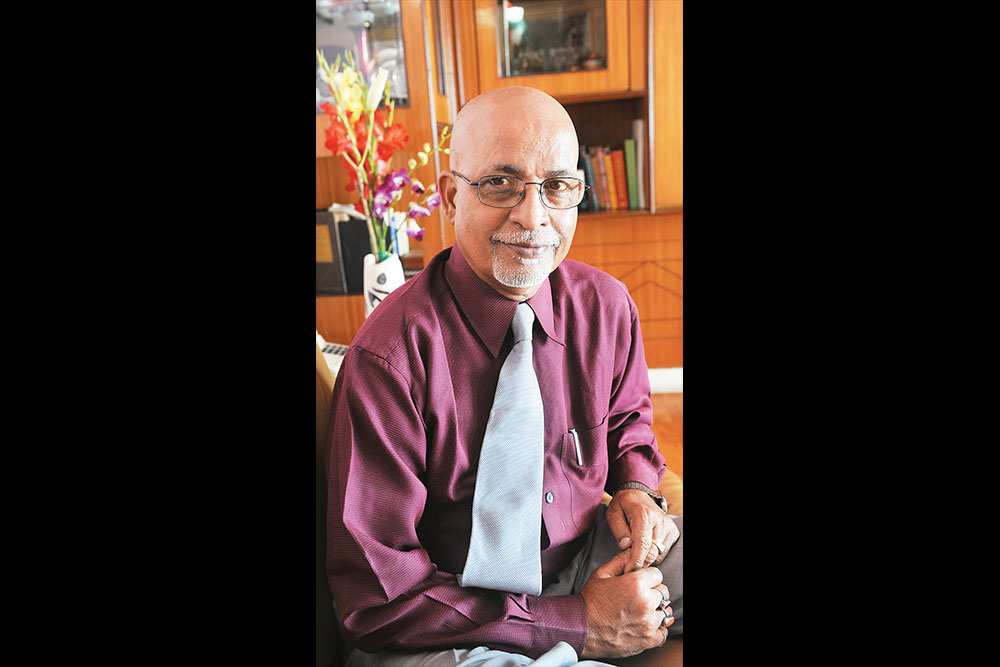
It’s ironic that India’s decline as a global trading power began with its independence in 1947. A trade surplus country till 1956, it was turned into a massive trade deficit nation. The regressive licence-permit regime used the Monopolies Act and Industries Act to severely restrict growth and operations of the private sector. Yet, ingenious Indian businessmen found ways to grow both at home and abroad through the political and bureaucratic atmosphere of suspicion and distrust. But there is hardly any reliable account of the bumpy ride that some of the successful and other less fortunate Indian multinationals and their entrepreneurs had to go through under those trying circumstances. Most Indian business books read like poor PR handouts.
Eminent business journalist Parthasarathi Swami’s Boar in Boots is probably the first attempt by any researcher and author to pen the pleasure and pangs of those new generation of business explorers — suddenly exposed to a highly competitive environment after the government had to belatedly opt for capitalist economic reform — as they attempted to make their mark at home and abroad.
The story of Chennai-born, Shanghai-based caterer M Antony’s rise as the richest Indian in China is on a completely different plane compared with Infosys Technologies (China) CEO Rangarajan Vellamore’s unique effort to make the wholly-owned Indian enterprise a rare success. But the portmanteaux work. Anecdotes such as the spotting of the first recorded Indian to visit the US, on the streets of Salem in Massachusetts on December 29, 1790, and former Berger Paints (China) CEO Manish Mehta’s arrival at Shanghai, some three centuries later, with 200 kg of rice and dal to protect himself against possible starvation and yellow peril strengthens the central zip binding together Swami’s multi-fold travel bag.
In the chapter on ‘Brand India’, NR Narayana Murthy, Ratan Tata, Zee’s Subhash Chandra and Nasscom party with Dharavi’s low-profile slumdog millionaires. But to my mind, the stories of Indians in China and the US make the most compelling reading — a must for all businessmen, executives, B-school students, traders and interlopers and, of course, policy makers, looking for action in the People’s Republic of China, the world’s second largest economy, India’s biggest trading partner and a major contributor to its nightmarish current account deficit. In a way, the book also serves as a moving account of the business psyche of Indians, their passion, emotion, sentiment, preferences and prejudices.
For his part, Swami could not overcome the emotion of a first-time author. He dedicated the book to his mentor and tormentor, CP Kuruvilla, the legendary deputy editor of Business Standard, who now lives a quiet retired life in Kochi, Kerala. It was probably the best way for Swami, a compulsive introvert, to record his gratitude to his guru. But it doesn’t compare with how Canada-based Ravi Subramanian, chairman of Silverline Technologies, who features in the book, expressed his devotion to God. He spent $180,000 to fly 11 Indian priests to the US for a marathon yagna to bless his software firm and the US.
—Banerjee is the author of The Real Thing: Coke’s Bumpy Ride Through India and The Price: When Bookkeeping Means Bookcooking











